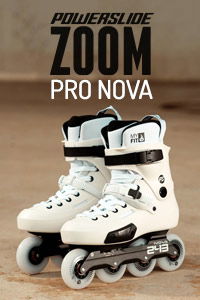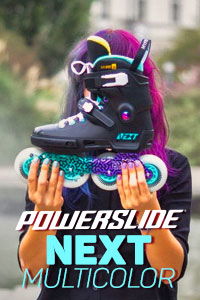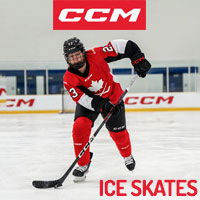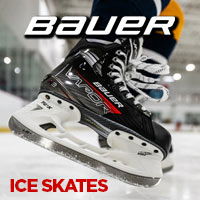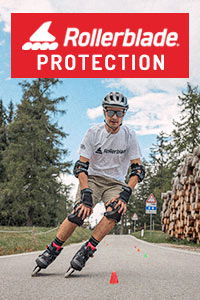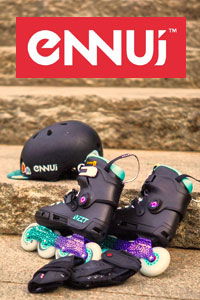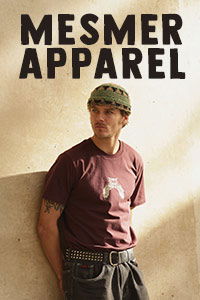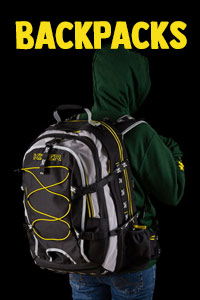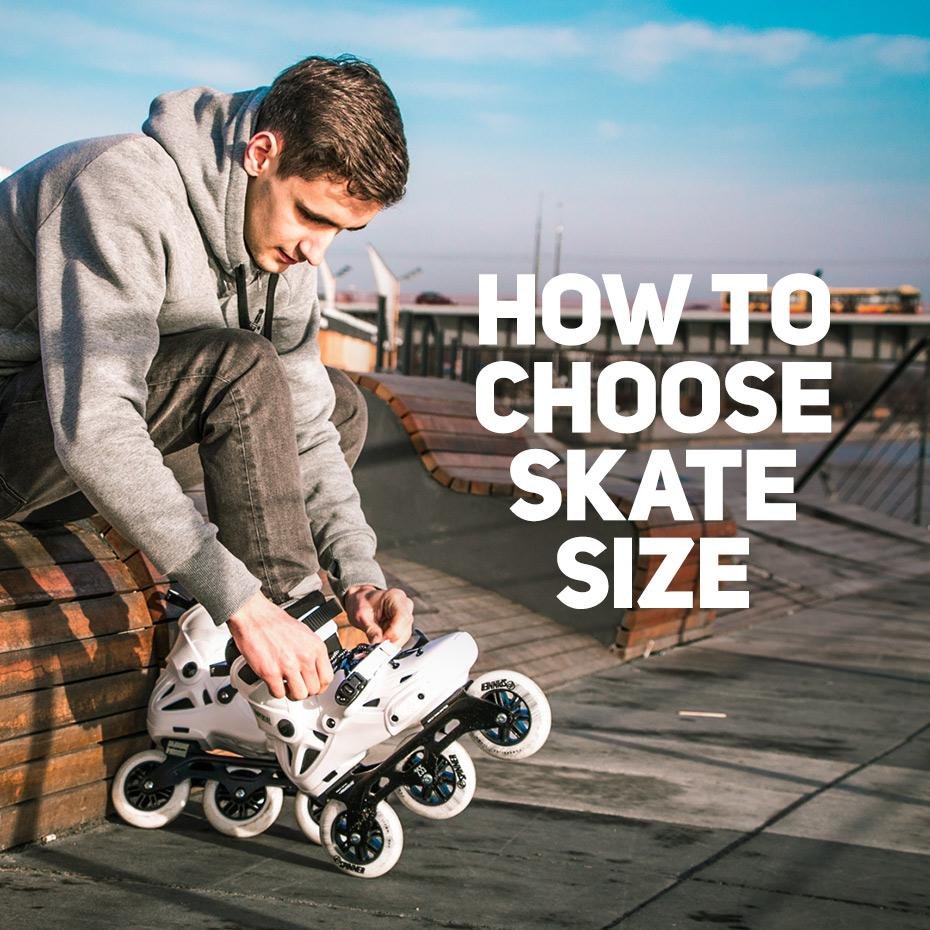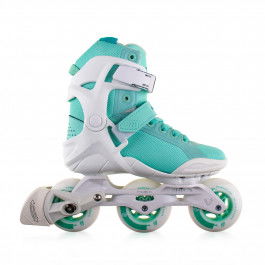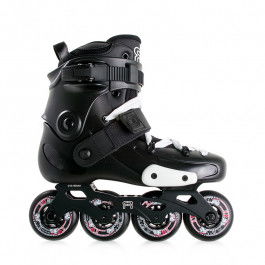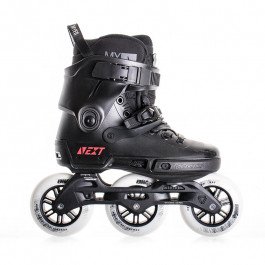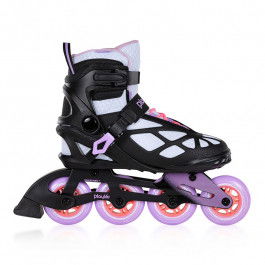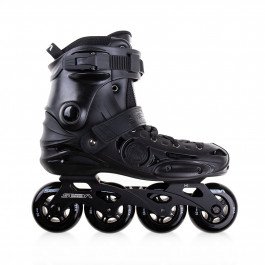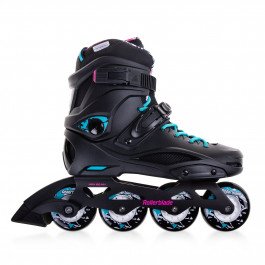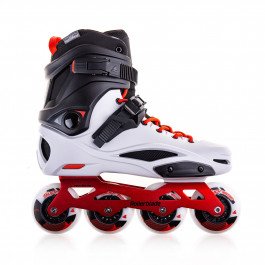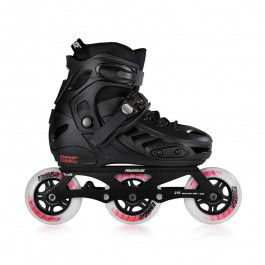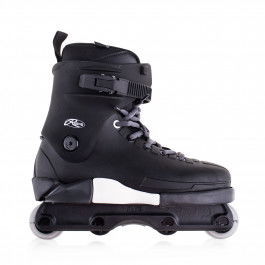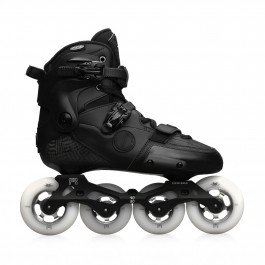Few tips about choosing the skate size.
Every beginner and, as practice shows, many advanced skaters ask themselves the following questions when buying a new pair of skates:
- How to choose the right size?
- What rules to follow?
- What to keep an eye out for?
Many skaters put their trust into shop employees and follow their advice, without giving it a second thought.
This route has its advantages, but one must remember that not all shops are equally professional when it comes to customer service. If you are shopping in brick and mortar specialised skateshop or use advice of customer service in one of online ones, you'll most likely fin the right people to help you decide.
You still have to keep in mind that not all vendors have the same level of experience, knowledge and expertise. Furthermore, skates may feel good in a shop, but cause pain after few hours of skating. When asking for advice online, it is possible to left out an important piece of info, like what kind of instep (low, regular or high) you have.
This piece gathers our knowledge of guiding the customers towards the best pair of skates for them. We learned how to do it over years of practice.
Now, we want to share it with you. To give you level of knowledge needed to make an informed purchase and have well-fitting skates which will be joy to ride in. Before we tackle the core subject, one thing must be clarified right away.
Size too big is a recipe for disaster!
There’s an ongoing myth, circulating around forums, social groups and by word of mouth between inexperienced skaters. What is even worse, it is often repeated by some shops employees, especially those working in more general sports store outlets, not specialized in skating. You may have heard it before: that you should size up in skates, leaving some room to wiggle your toes. But the correct approach is:
DO NOT EVER BUY SKATES TOO BIG!
Inline skates’ boot serves the same purpose as one in skiing, snowboarding or professional cycling – it is the part responsible for energy transfer and control, which in turn influences comfort and safety. By choosing a wrong skate size, your feet won’t be placed properly inside the boot!
This is because vast majority of skates (at least ones made by good, trusted brands) have anatomically shaped padding. It means the liner foams and insole are pre-shaped to fit a foot of given size and work properly, by giving support and tight fit, only with that size.
By choosing skates too big in relation to your feet, you are throwing this critical characteristics of the skate out of the window. The boot won’t wrap around as tightly, won’t be able to prevent heel lift and it will be loose, so your foot will be moving inside. This causes discomfort and eventually, skin abrasions.
You will not have proper amount of control, lose some stability and energy transfer will be inefficient, as part of it will be wasted on the boot bending. The liner, or padding if it is integrated one, will wear out at much faster rate. It is basically the same situation as walking around in shoes too big. It is not comfortable and they will get destroyed superfast.
This is the reason why skates for children are most often adjustable. High-end, specialized skates which cannot be adjustable without major compromises to their performance (i.e. speedskates, freestyle slalom ones) are also available in small sizes for kids.
Buying skates a size or two bigger will not do you any good – they with wear down much faster, liner will get damaged from friction and most importantly, they are danger to user’s health, possibly causing injury.
How to choose a right size of new skates?
Years of selling skates both in brick and mortar shops and online speak for themselves: most of the time, the only 100% sure way of choosing the right size of the skates is trying them on.
There are ways to give advice remotely, for example: measuring the insole length and comparing it to buyer’s foot measurements. Using information about foot or ankles width, instep height and what skates they used before, in what size and how they fit.
All of this can bring good results but will never be as fast and efficient as trying the skates on under supervision of expert.
If you can try the skates on, there are rules to go by.
The correct way to try the skates on:
- Always try how both skates on. If you’ll try to stand in just one skate, all of your weight is put on it and will shift your center of balance to the side. This means the foot won’t sit properly inside the skate. Furthermore - feet are usually different in shape and size.
- Take your time to lace and buckle the skates properly. All of the closure elements: laces, velcros and buckles, are responsible for giving you a snug, close fit.
Only if you tighten the skates properly, your feet will be correctly placed in them. Loosely laced skates may feel ok, but after tightening the boot, the heel gets pushed backwards and it may turn out that they are whole size too big! - After putting the skates on, lacing and tightening them properly, adopt a skating stance:
- bend your knees slightly to lower your center of gravity
- bend your ankles forward (skate will make it a bit harder, but cuff should follow your movement)
- If your heel stays in place and doesn’t lift at all, sits properly in the heel cup and with toes relaxed you can feel the front part of the liner with them – you have chosen the right size!
If you want even more information, check video of our friend Matthias Knoll, Powerslide brand owner, explaining how to find correct skate size:
But ...you are an online shop, aren't you?
Most of you probably think now – how can you try skates on if you are buying them online?
For starters, keep in mind that European Union law guarantees you a right to return or replace product purchased online or outside of a shop (i.e. via phone) within 14 days from delivery, without having to provide any explanation to the seller.
Thus, if you order skates online and it turns out they are too big for you, it is possible to return them and ask for replacement (i.e. smaller size or different model) or a full refund within 2 weeks.
Just keep in mind that you cannot take the skates for a test ride – product must be “as new”, otherwise the seller have right to decline return/replacement request. So put the skates on and test them using 3 steps listed above, preferably while standing on a carpet. Also, do not damage/destroy/throw away original box.
Most professional shops have sizing tables, informing customers what are insole lengths in given sizes. It is super useful reference point, but keep in mind that shop staff may have measured the insole a bit differently than you have measured your feet, there’s always some room for error. How the ruler is placed may give differences of 1-4 mm, which can play a big role in terms of choosing the right size.
In addition, if your measured foot length is in between two sizes in table for given model, it is always better to try the smaller one first. The bigger one will be more comfortable out of the box, but will break-in even further in time and this will result in the very same problems as when choosing the size up intentionally.
If you try the smaller size first and after a while with skates on your feet, it still won’t be comfortable, then you know that a larger size of given model is the one to go for. This is super important especially in case of hardboot skates, as described below.
The boot type matters.
We have covered how to choose the skates correctly, so we can focus on last important part of the equation, the boot type.
There are four main types of inline skating boots on the market:
- Hardboot (shell) with removable liner
- Softboot with integrated padding
- Softboot with removable liner (a rare thing nowadays)
- Carbon skates and ones made of different, rigid materials with integrated padding.
Hardboots
Such skates are built around rigid outer shells (plastic/composite with some additions in many cases), with replaceable, soft inner boot (liner). Freeskates and aggressive skates are most common types which use this boot template.
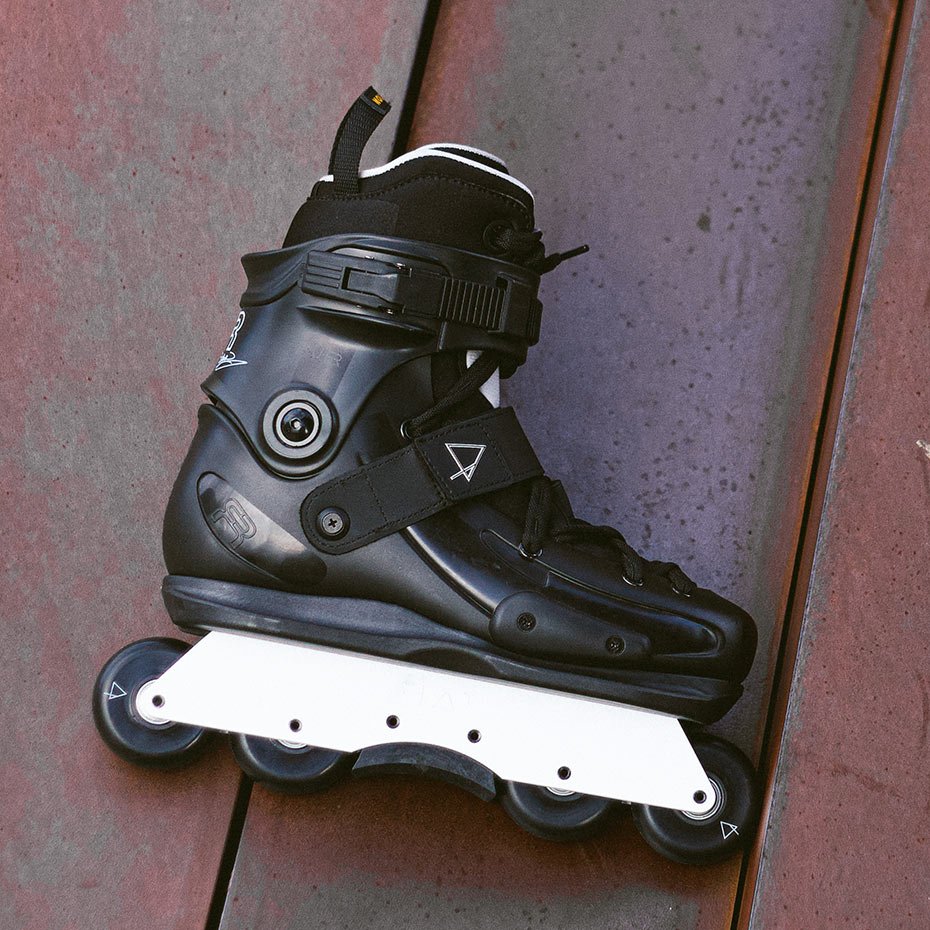
This is the same story as with skiing boots – so, there are rarely (if ever) skates which use individual shell per size. Most of the time, to save on production cost, there are only several shell sizes for a whole boot sizing range, i.e. one shell may be used for 2 or even 3 boot sizes. Below you can see how two different shells of Powerslide Imperial look like. One is for sizes EU41 and EU42, another is for sizes EU43 and EU44.
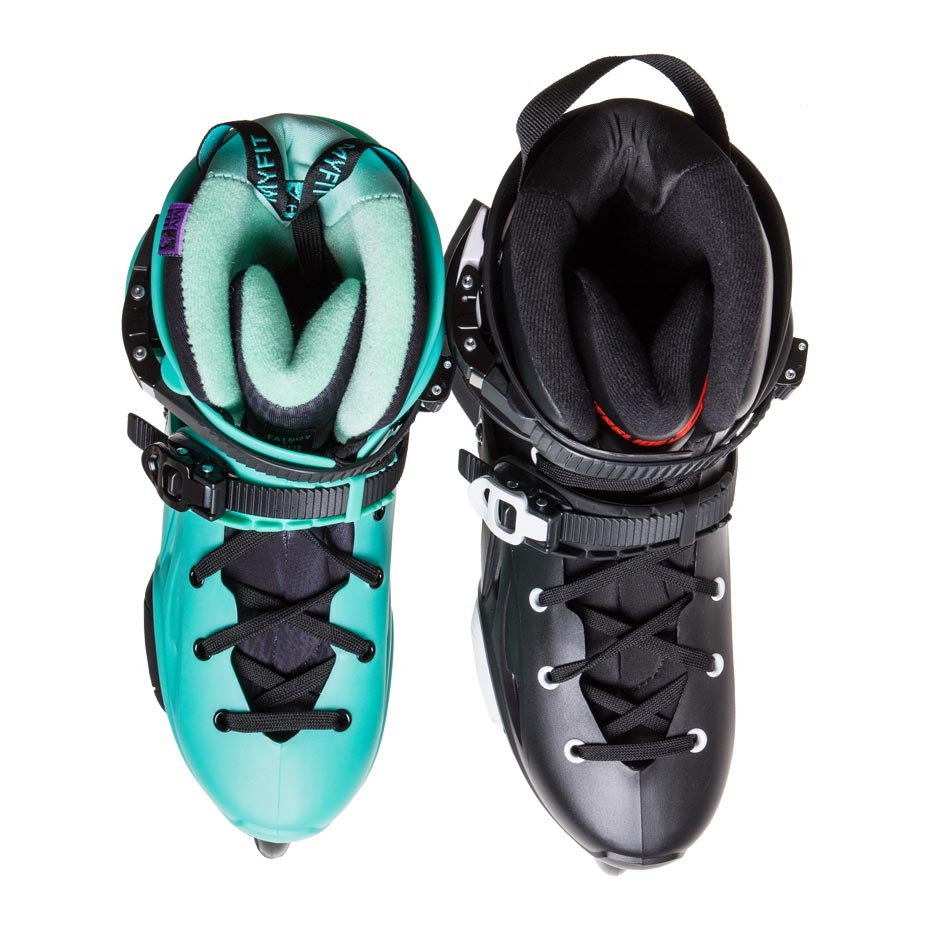
Some of niche boot makers have even abandoned the concept of US/UK/EU sizes and use simpler one like XS, S, M, L.
If we take a skate like hugely popular Rollerblade RB 80, the sizes EU42 and EU43 share the same shell, but have slightly different liner sizes, with different insoles length.
Knowledge about shell sizing is very important for people who fall in between sizes. For example, if someone is in between EU44 and EU45 size in FR1 skates, they have to keep in mind that the latter one shares the same shell as EU46 and EU47 sizes. So in reality, the choice boils down to:
Shell made for sizes up to EU44, with liner in size EU44
and
Shell made for sizes up to EU47, with liner in size EU45
The consequences of going for the larger boot in this scenario are obvious. Bigger skate equals more weight and more room inside means worse, more loose overall fit, especially after break-in period. As for breaking the skate in – liners in hardboots may stretch up to 5 mm over time, so keep that in mind! It's easy to see why - a liner is basically a lightweight boot made out of foams:
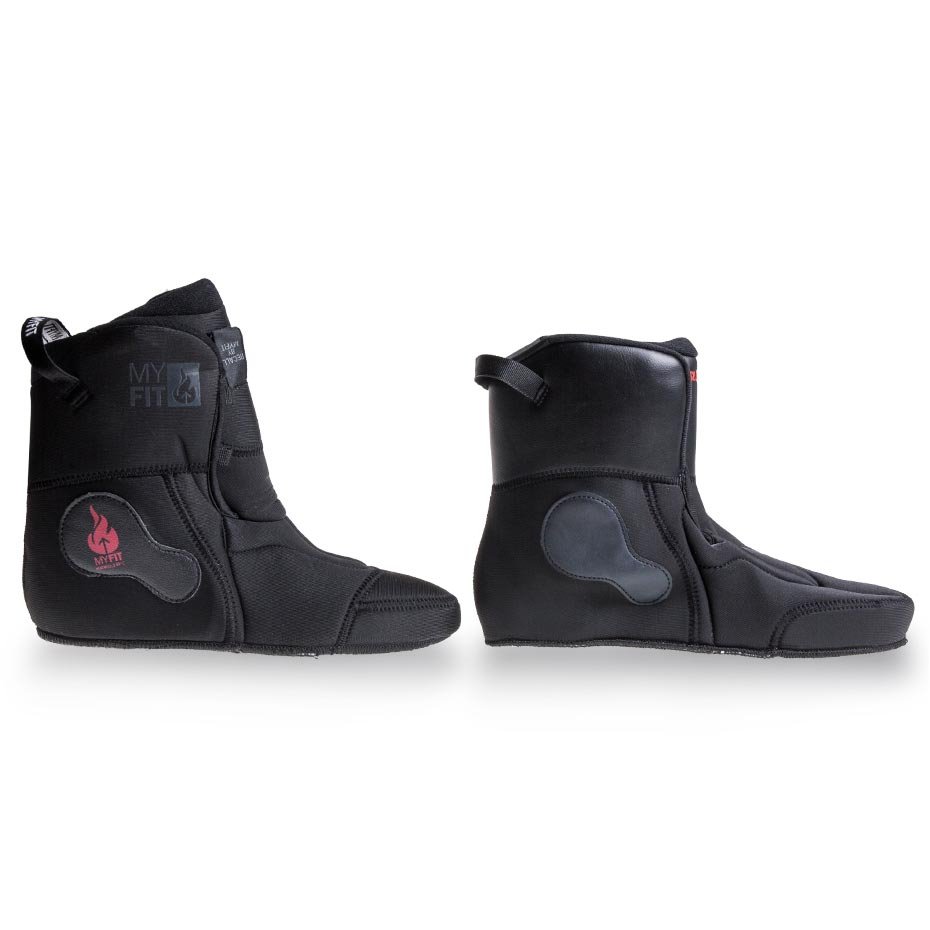
Of course, it is possible to skate with oversized shell and many people do. But if you want the best possible experience and have tight fit and high level of control over your skates, it is advisable to either try to downsize to smaller shell or looking for a different hardboot, better suited to your anatomy entirely.
All hardboots are slightly different even if in theory they are for the same size. For example, the already mentioned Rollerblade RB 80 have a EU42-EU43 shell and so do Powerslide Next. However, in reality the Next boot is a bit shorter and have less overall volume with slimmer fit.
Softboots
We can safely cover both types (with integrated padding and separate liner) at the same time, as in practice they are built and behave in a very similar fashion.
The boot is built around a minimalist, supportive outer skeleton which is made of boot base and cuff attached to it. The upper is made of soft materials, giving a fit resembling running shoes – it wraps around the foot nicely. Many higher end skates in this category have BOA style quick lacing, which does great job at keeping the foot secured in place.
The big deal here is that because this softer, upper part is riveted and/or glued/plastic welded to the boot base, it can be made as short or as long as needed for given size. Thus, even if two boot sizes share the same outer skeleton, they will have true to size upper length.
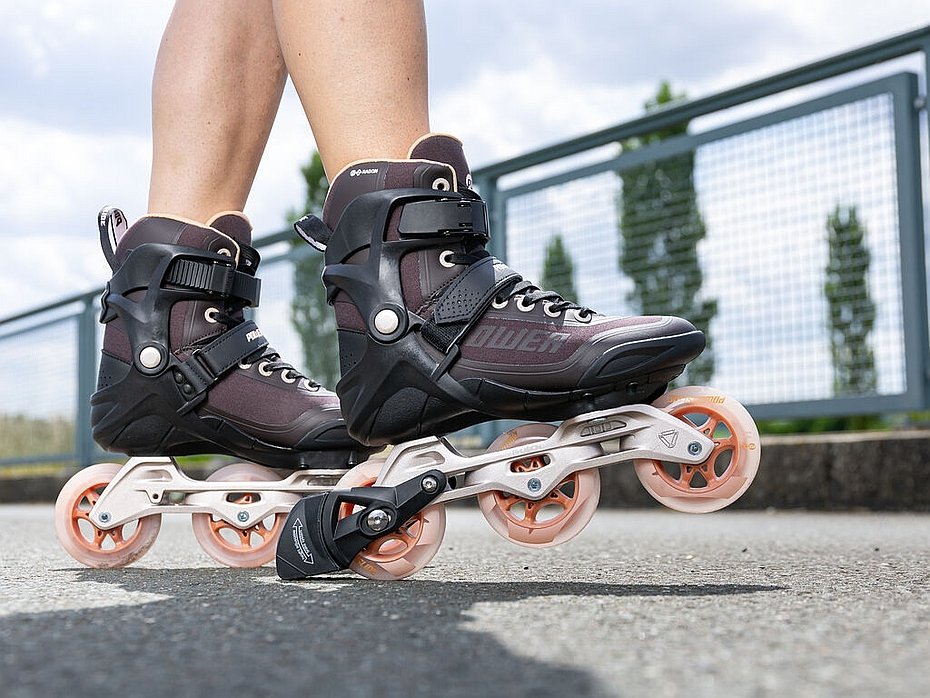
This is why you should always go for the size that fits like a glove. In many cases, you may feel a pressure and discomfort on upper part of the foot or on the sides when trying them on for the first time. This is because the boot has not yet fully adjusted to your anatomy, but that feeling should go away pretty quickly.
A good quality softboot skate will start to adjust to user’s foot after ten to fifteen minutes if you tighten it properly, allowing you to determine if this particular model or size is right for you.
The break-in period is also present here, however the boot won’t stretch as much as liner in oversized shell does.
In case of softboots with removable liners, it is also worth to take the inner boot out of the skate and see how it fits on its own – this can help us in deciding which size to get. The more close and sock-like fit is, the better.
Overall, softboots, both with integrated padding and removable liners, offer excellent comfort and a good level of control, if size is properly chosen.
Carbon skates and other based around very hard boot base and integrated padding.
The last group we will cover here are carbon skates with integrated padding (or ones with base made of different material, but following the same construction template).
Such skates are found in almost every skating discipline and are among the most expensive for:
The main focus here is performance - best responsiveness and energy transfer thanks to super tigh fit and rigid boot base. They are also very lightweight.
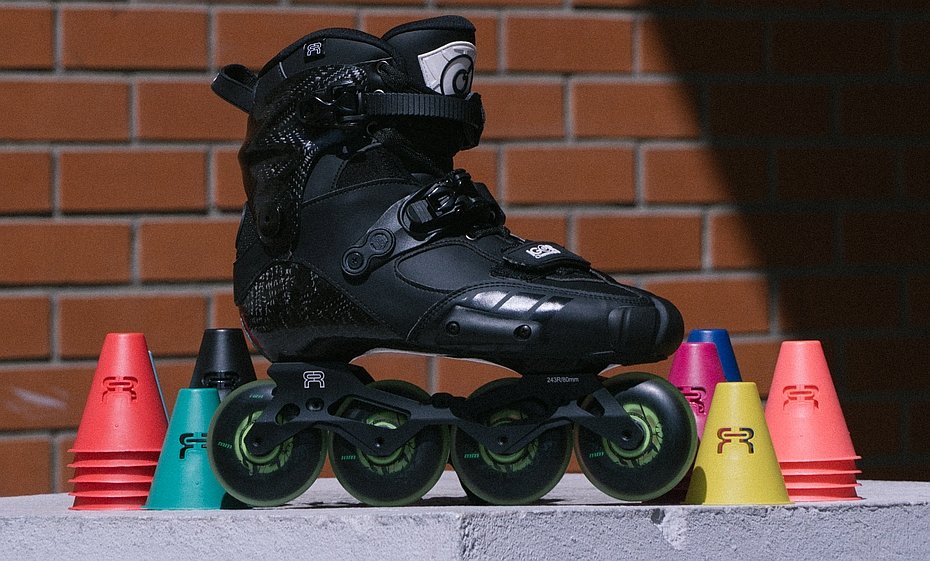
They should fit your feet as good and as tight as reasonably possible without restricting blood flow and causing pain. Because of relatively thin padding, the potential for foams to break-in and adjust to your foot is very low.
A huge advantage of carbon based boots is that they have individual shells. They are made in a process not requiring heavy machinery or injection moulds like plastic skates. Thus, there are companies which are making custom-made skates based on cast or 3D scan of buyer's foot! These are usually pretty expensive and used in speedskating by top athletes.
When skates use plastic base (i.e. Powerslide Kaze or Seba High Light), they do not have this advantage. Usually, two sizes share the same base, but manufacturers have ways to make less space inside for smaller one.
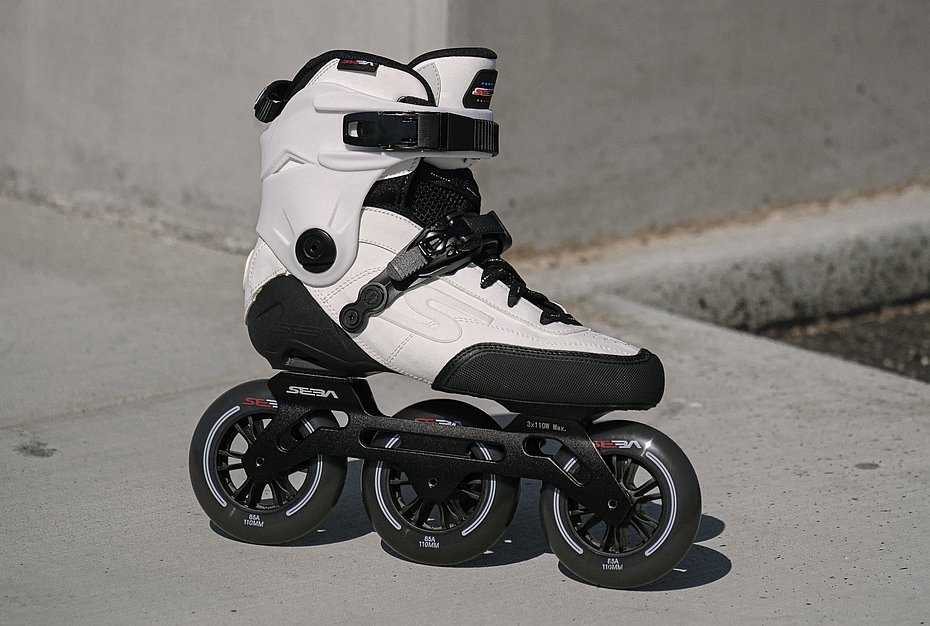
Just like in case of softboots, you should aim for the boot that fits your foot length and anatomy as closely as possible.
Keep in mind that because of thin padding, any pressure points and discomfort won’t go away on its own, most likely. However, most carbon boots offer a possibility of heat moulding, allowing you to deal with problematic spots.With use of right tools and heat gun (hair dryer if you want to keep it safe), you can push out the shell a bit. Keep in mind, though – you won’t be able to stretch out a skate too small.
Heat-molding can also apply to padding, removing need for break-in period.
Nothing more straightforward, right?
To sum things up, we have to highlight a brutal truth: not every skate is for everybody. The anatomical differences between people are just too big, there won’t ever be a skate good for everyone.
Aside from foot length, the shape of ankles, height of the instep and many other factors play important roles. Sometimes even if given model is perfect length-wise, it still won’t be a good fit for you. If you are making a trip to a shop, take your time to try several different models in different sizes. Just take a look how different FR1 and Imperials are in width!
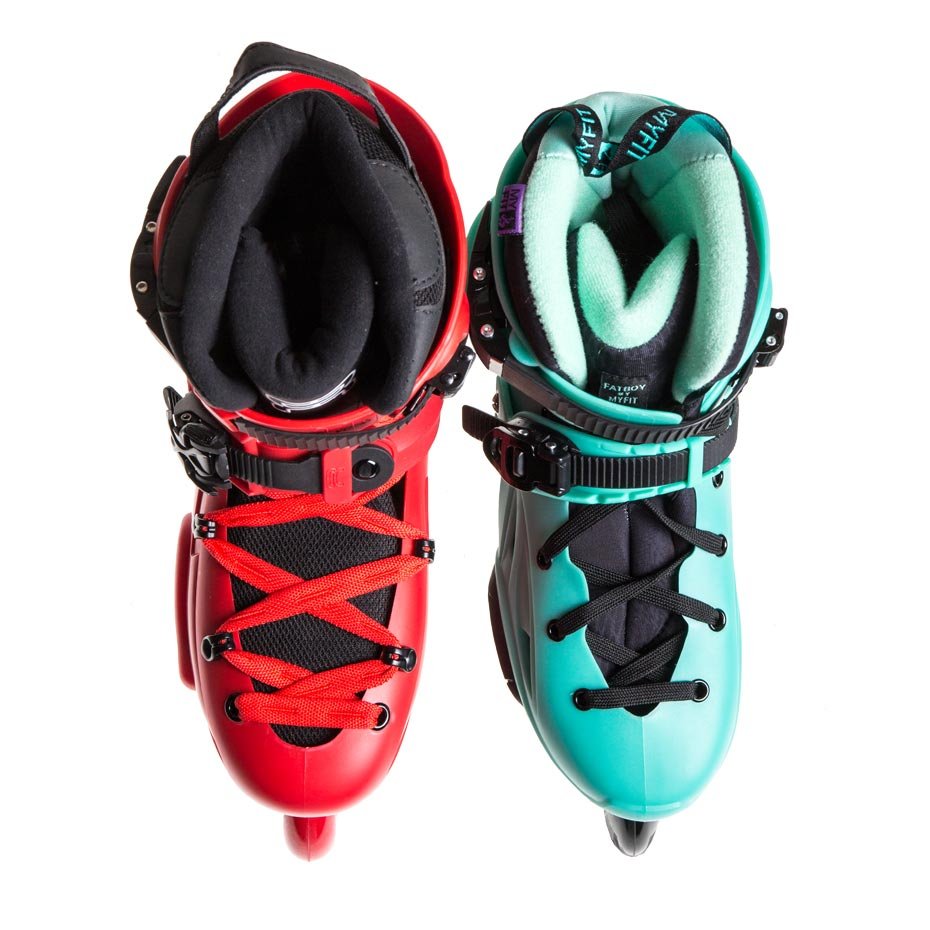
Skates which feel slightly too small may break-in and serve you very well. On the other hand, skates a bit too big will also break-in, resulting in way too much room inside, which will impact their longevity, level of comfort and your safety in negative way. We are saying this once again: never buy skates too big.
We truly wish all of you finding a right pair of skates, that will feel like made specifically for you. Thanks for reading and happy hunting!


